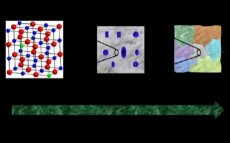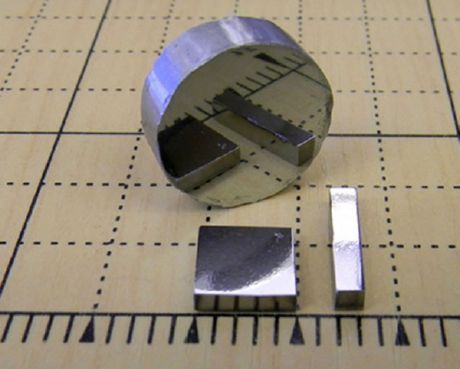New publications
The most efficient thermoelectric has been created
Last reviewed: 01.07.2025

All iLive content is medically reviewed or fact checked to ensure as much factual accuracy as possible.
We have strict sourcing guidelines and only link to reputable media sites, academic research institutions and, whenever possible, medically peer reviewed studies. Note that the numbers in parentheses ([1], [2], etc.) are clickable links to these studies.
If you feel that any of our content is inaccurate, out-of-date, or otherwise questionable, please select it and press Ctrl + Enter.

Chemists from Northwestern University have developed a unique thermoelectric material that converts heat into electricity.

It is the best material of its kind - its efficiency is twice as high as all previously known similar materials. This discovery can be very important for the development of world industry, if we take into account that two thirds of the energy produced for human needs is lost as heat. The results of the researchers' work are published in the journal "Nature".
According to the paper, the new material consists of grains of lead telluride and strontium telluride, as well as a small amount of sodium. This environmentally stable material can convert 15 to 20 percent of the heat generated during energy production into useful electricity.
The new material can be used in the automobile and heavy industries (for example, in the production of glass, bricks, oil refineries, coal and gas power plants). In addition, the efficient thermoelectric can be used on large ships and tankers, where large internal combustion engines are constantly running.
"Our thermoelectric system is the most efficient in the world at any temperature," says Mercury Kanatzidis, the project leader and lead author of the Nature paper. "This material can convert heat into electricity more efficiently than any other." "We are often asked how to solve the problem of energy conservation," adds Kanatzidis' colleague Vinayak Dravid. "But there is no universal solution; the solution must be comprehensive. Thermoelectrics cannot solve all energy problems, but they are an important part of a comprehensive approach."
Thermoelectrics are substances that have the ability to generate electricity at different temperatures in different zones of the material. The efficiency of such a conversion is determined by two requirements that largely contradict each other. An efficient thermoelectric must conduct electricity as well as possible and conduct heat as poorly as possible.
A substance with very low resistance will not be an effective thermoelectric if it conducts heat well. To achieve low thermal conductivity with high electrical conductivity, scientists modified the structure of the material.
The specialists took the classic thermoelectric material lead telluride (PbTe) as a basis and added inclusions of strontium telluride nanocrystals. They disrupted the ordered structure of the material, but did not affect its electrical conductivity, and therefore its thermal conductivity.
The result pleased scientists and may soon please automobile manufacturers, oil refineries and other industrial facilities, where the new material can help reduce energy costs.
